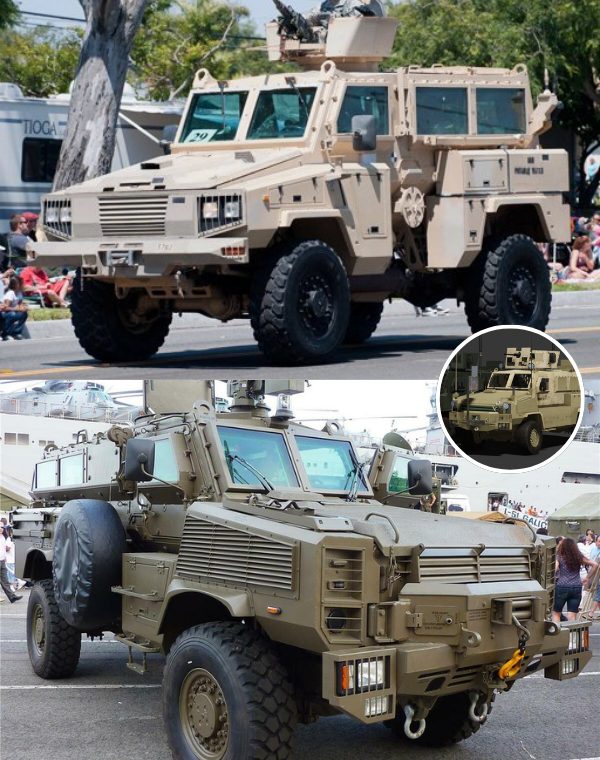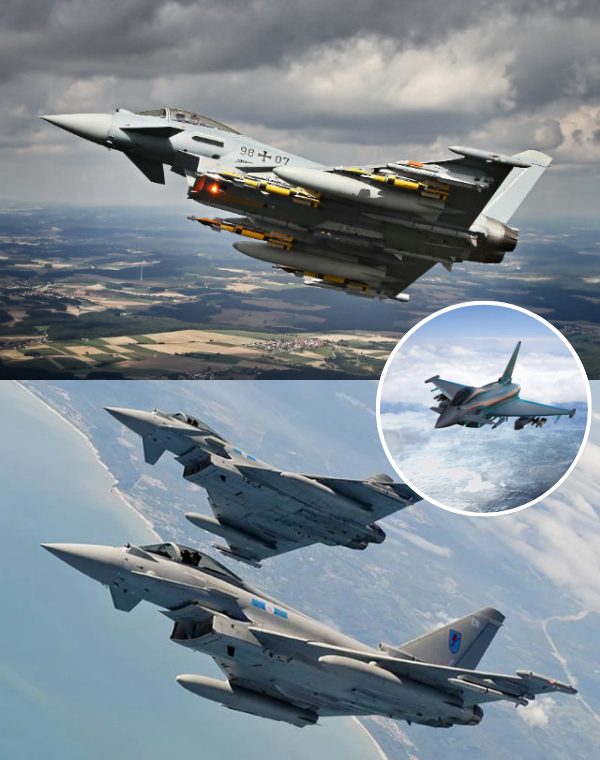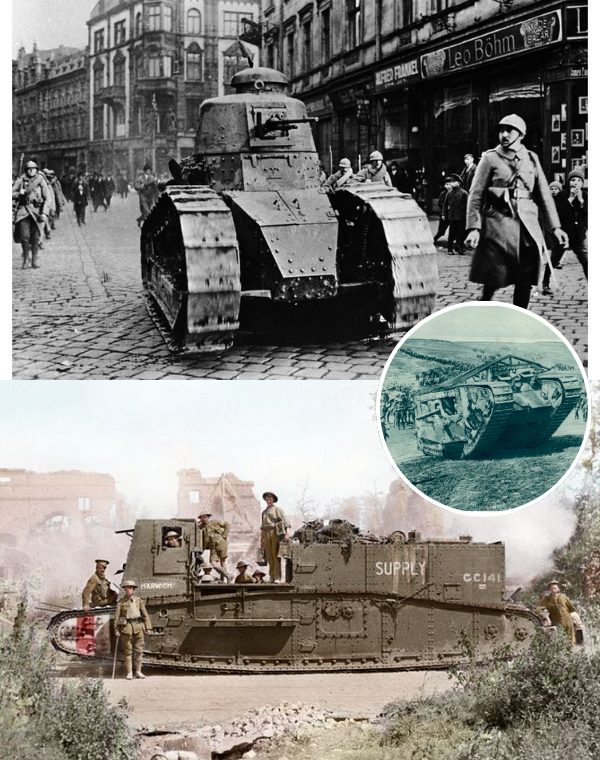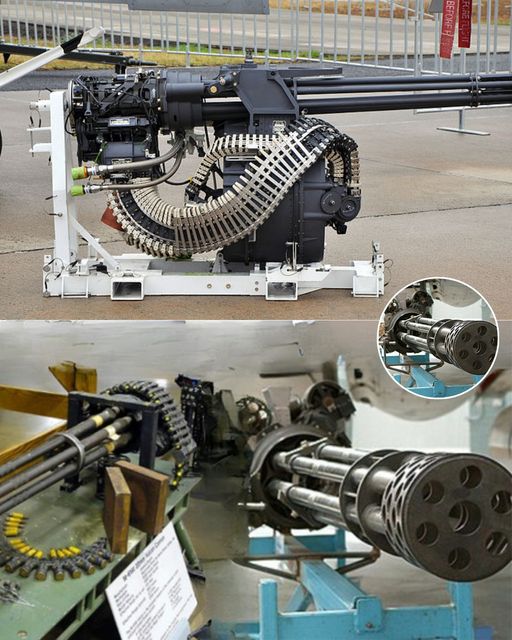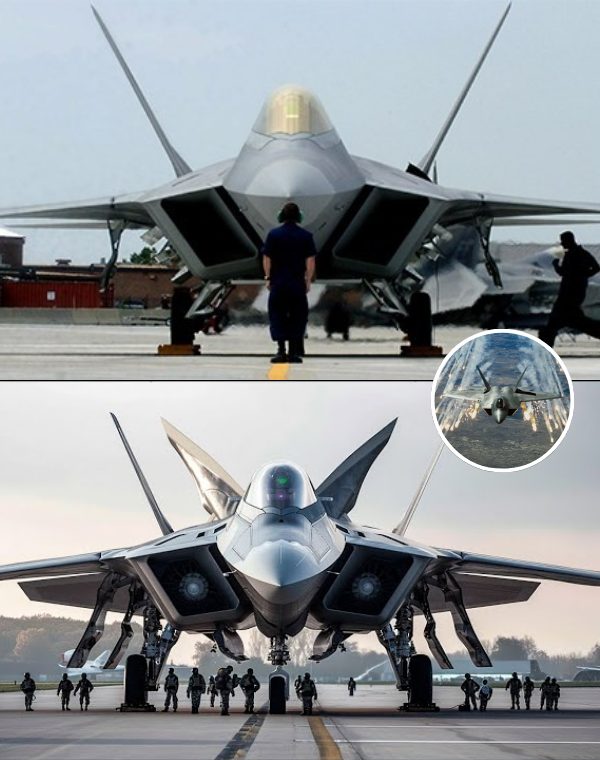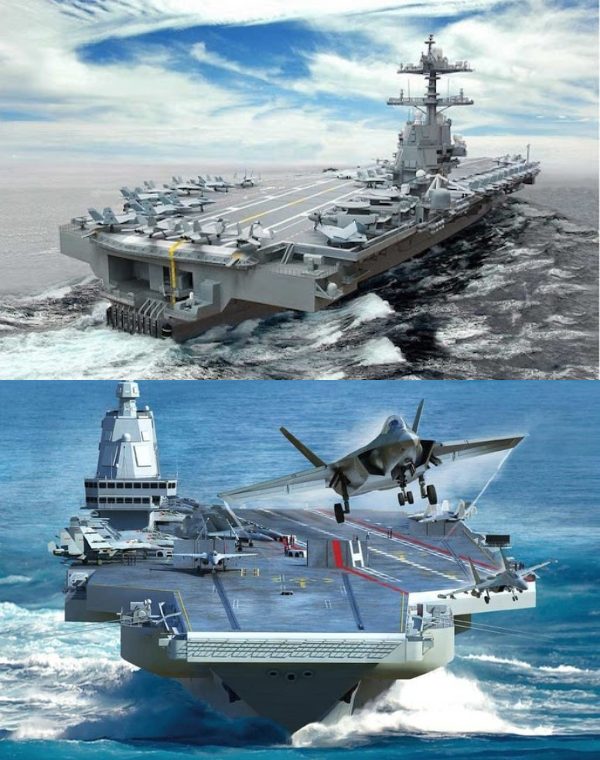The induction of Rafale M (Marine) fighter jets will have a massive impact on the Indian Navy’s capabilities and the strategic dynamics of the Indian Ocean Region (IOR). The Rafale M (Marine), a naval variant of the highly capable Rafale aircraft, brings an array of advanced features that enhance the Indian Navy’s operational reach and combat effectiveness.
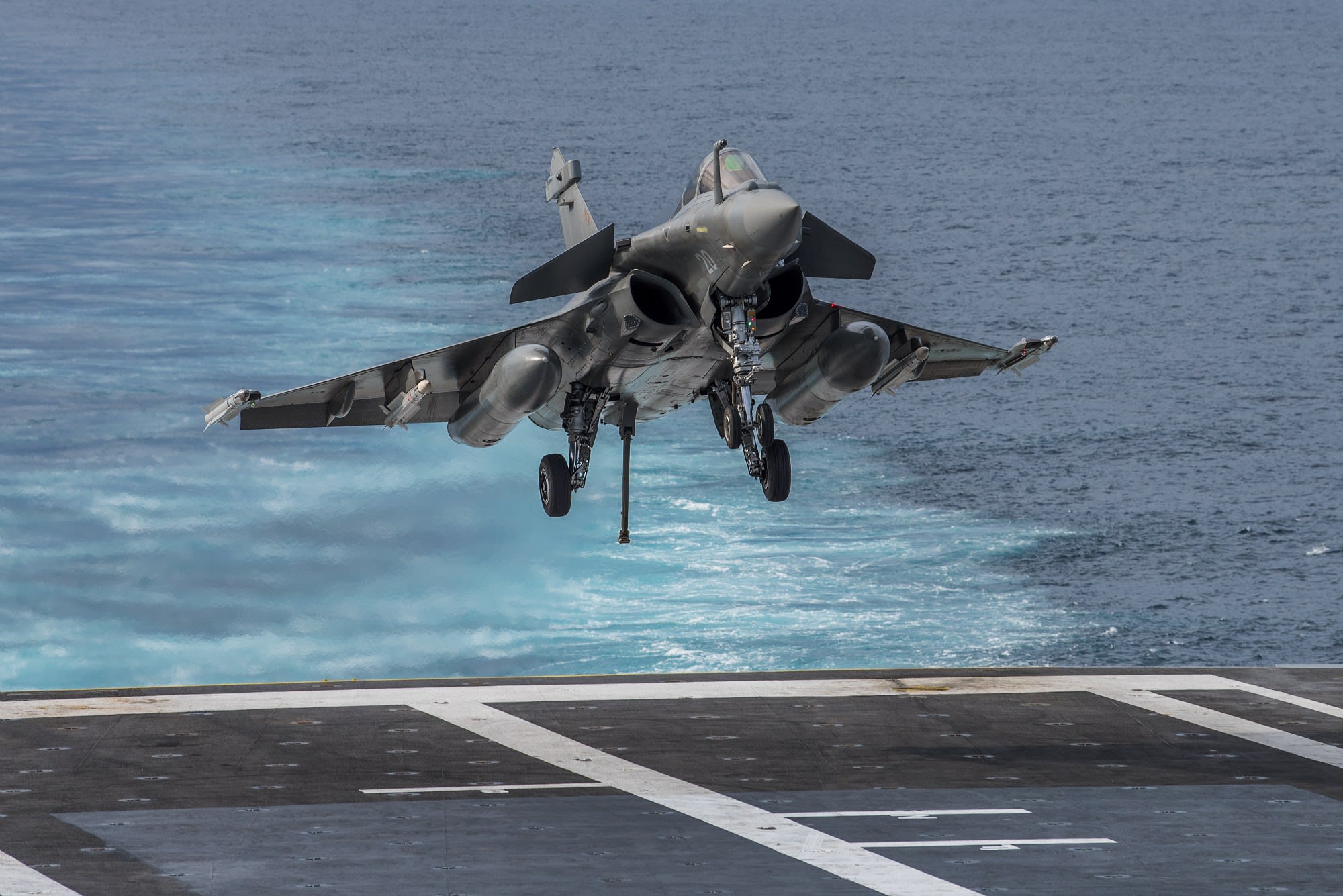
1. Air Superiority & Multi-Role Capabilities
The Rafale M is equipped with state-of-the-art avionics, including the Thales RBE2 AA AESA radar and the Spectra electronic warfare system, paired with Meteor BVRAAMs (Beyond Visual Range Air-to-Air Missiles).
These advanced systems ensure superior situational awareness and combat effectiveness, enabling the Indian Navy to establish air superiority, conduct precision strikes, and perform diverse missions such as air defense, ground support, and maritime strikes.
2. Carrier Integration & Flexibility
Designed specifically for carrier operations, the Rafale M features reinforced landing gear, tail hooks for arrested landings, and foldable wings for efficient storage on aircraft carriers. These attributes make it ideally suited for deployment on INS Vikrant and INS Vikramaditya, significantly enhancing our power projection capabilities across the IOR.
3. Enhanced Maritime Domain Awareness
The advanced sensors and network-centric warfare capabilities of the Rafale M provide enhanced maritime domain awareness. This capability is crucial for monitoring vast oceanic regions, identifying and tracking potential threats, and ensuring the security of sea lines of communication (SLOCs).
4. Deterrence & Strategic Reach
The long-range capabilities of the Rafale M, coupled with aerial refueling, extend the operational reach of the Indian Navy. This strategic reach acts as a formidable deterrent to potential adversaries and enhances India’s ability to project power throughout the IOR.
Dominating The Malacca, Sunda & Lombok Straits
The strategic significance of the Malacca, Sunda, and Lombok Straits is paramount, as these chokepoints are vital for global trade and energy supplies, particularly for China. The induction of the Rafale M provides India with a decisive advantage in these critical waterways.
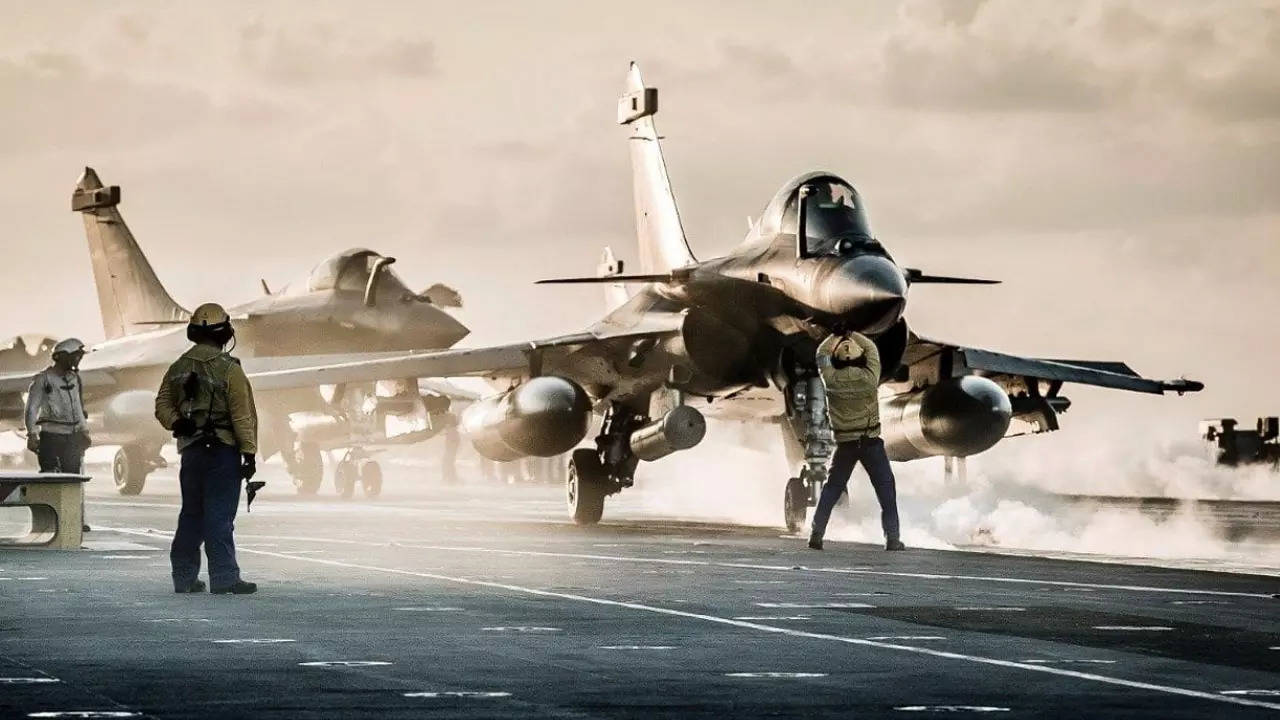
1. Malacca Strait
As one of the world’s busiest shipping lanes, the Malacca Strait is crucial for China’s energy imports from the Middle East and Africa. The Rafale M’s capabilities allow the Indian Navy to monitor and control this vital chokepoint effectively.
Enhanced ISR (Intelligence, Surveillance, and Reconnaissance) capabilities enable real-time tracking of maritime traffic, ensuring that any potential threats or illegal activities are promptly detected and addressed.
2. Sunda & Lombok Straits
These alternative routes to the Malacca Strait are also strategically significant. The Rafale M’s ability to operate from forward-deployed carriers provides the Indian Navy with the flexibility to project power in these regions. The aircraft’s advanced strike capabilities, including the Exocet AM39 anti-ship missile, enable the Indian Navy to neutralize potential maritime threats and ensure the security of these vital passages.
3. Strategic Deterrence
The presence of Rafale M fighters in these chokepoints serves as a powerful deterrent to any potential adversaries, including China. The ability to conduct precision strikes and maintain air superiority in these regions ensures that India’s strategic interests are safeguarded.
Reducing Chinese Military Intervention
Many regional and global powers have been concerned by China’s expanding military presence in Africa and the Middle East. The induction of the Rafale M into the Indian Navy can play a crucial role in countering China’s influence and reducing its military intervention westwards.
1. Disrupting Chinese Supply Lines
China’s maritime supply lines, including its energy imports, pass through the IOR. The Rafale M’s advanced strike capabilities enable the Indian Navy to disrupt these supply lines, creating strategic chokepoints that can hinder China’s military and economic activities in Africa and the Middle East.
2. Enhanced Surveillance & Intelligence
The Rafale M’s advanced ISR capabilities provide the Indian Navy with the ability to monitor Chinese naval activities in the IOR. This enhanced situational awareness enables India to preemptively address potential threats and maintain a strategic advantage.
3. Joint Operations & Alliances
The Rafale M’s interoperability with allied naval forces, such as those of the United States, Japan, and Australia, enhances the Indian Navy’s ability to conduct joint operations. This collaborative approach serves as a counterbalance to China’s growing influence in the region, ensuring that collective security interests are upheld.
4. Projection of Power
The Rafale M’s long-range capabilities and ability to operate from carriers provide the Indian Navy with the means to project power across the IOR. This strategic reach acts as a deterrent to Chinese military intervention in Africa and beyond, ensuring that India’s interests are protected.
Increasing India’s Capability In South China Sea
)
The South China Sea is a critical region for global trade and has been a focal point of geopolitical tensions, particularly between China and its neighboring countries. The induction of the Rafale M enhances India’s ability to operate in this contested region and provides crucial support to its allies.
1. Force Projection
The Rafale M’s carrier-based operations enable the Indian Navy to project power into the South China Sea. This capability is vital for maintaining a balance of power and supporting freedom of navigation operations (FONOPS) in the region.
2. Support To Taiwan & Other Nations
In the event of a Chinese military offensive, the Rafale M provides the Indian Navy with the ability to support Taiwan and other nations in the South China Sea. The aircraft’s advanced strike capabilities, including the SCALP EG (Système de Croisière Autonome à Longue Portée – Emploi Général) long-range cruise missile, enable precision strikes on strategic targets, providing critical support to allied forces.
3. Maritime Surveillance & Intelligence
The Rafale M’s advanced sensors and network-centric warfare capabilities provide the Indian Navy with enhanced maritime surveillance and intelligence in the South China Sea. This situational awareness is crucial for detecting and countering Chinese naval activities, ensuring that India and its allies maintain a strategic advantage.
4. Joint Exercises & Alliances
The Rafale M’s interoperability with allied naval forces enhances India’s ability to conduct joint exercises and operations in the South China Sea. This collaborative approach strengthens alliances and ensures that collective security interests are upheld in the face of Chinese aggression.
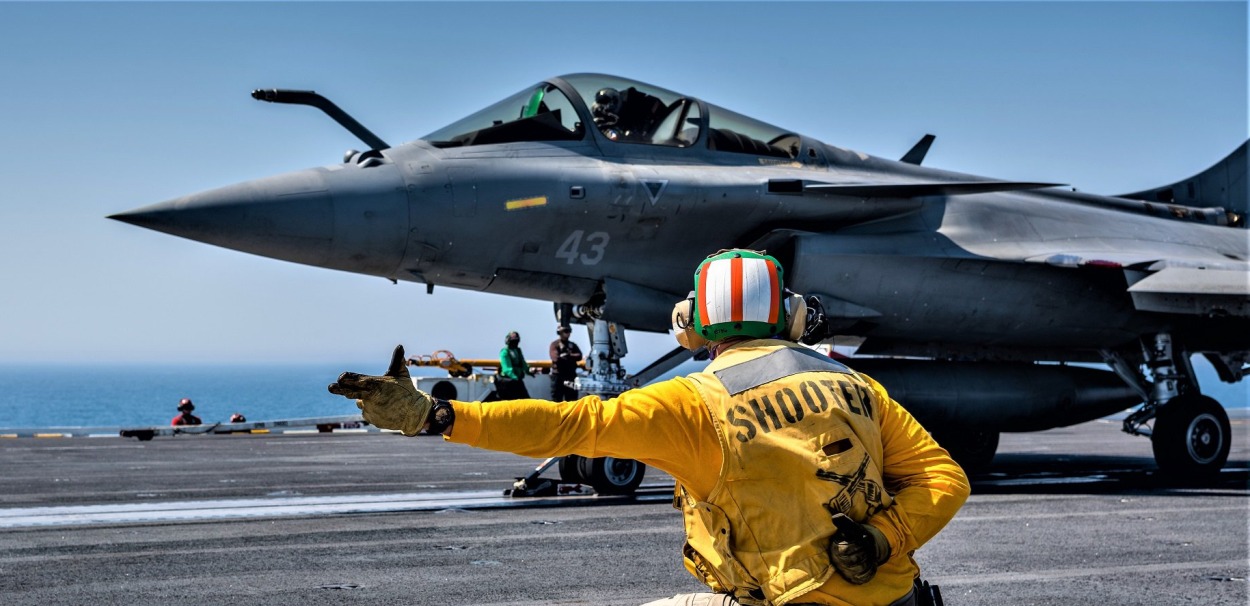 RAFALE MARINETechnical Specifications & Capabilities: Rafale M
RAFALE MARINETechnical Specifications & Capabilities: Rafale M
To understand the impact of the Rafale M on the Indian Navy’s capabilities, it is essential to delve into its technical specifications and advanced features:
1. Airframe & Design
– Structure: The Rafale M features a reinforced airframe and landing gear to withstand the stresses of carrier operations. The aircraft’s design incorporates a high degree of composite materials, reducing weight and increasing durability.
– Wings: The Rafale M’s wings are foldable, allowing for efficient storage on aircraft carriers. The aircraft’s delta wing design provides excellent maneuverability and stability during high-speed operations.
2. Avionics & Sensors
– Radar: The Thales RBE2 AA AESA radar provides the Rafale M with advanced air-to-air and air-to-ground detection capabilities. The radar’s active electronically scanned array allows for simultaneous tracking of multiple targets, ensuring superior situational awareness.
– Electronic Warfare: The Spectra electronic warfare system offers advanced threat detection and countermeasures. This system allows the Rafale M to detect and jam enemy radar and missile systems, enhancing its survivability.
– Sensors: The Rafale M is equipped with the Optronique Secteur Frontal (OSF) system, which provides infrared search and track (IRST) capabilities. This sensor allows for passive detection of airborne and surface targets, reducing the aircraft’s electromagnetic signature.
3. Weapons & Armament
– Air-to-Air Missiles: The Rafale M is armed with the Meteor BVRAAM, which provides superior engagement capabilities at extended ranges. The missile’s active radar homing and data-link guidance ensure high accuracy and lethality.
– Air-to-Ground Missiles: The Rafale M can carry a variety of air-to-ground missiles, including the SCALP EG long-range cruise missile and the Exocet AM39 anti-ship missile. These weapons enable precision strikes on strategic targets, enhancing the Indian Navy’s offensive capabilities.
– Bombs and Rockets: The Rafale M can carry a range of guided and unguided bombs, including the GBU-12 Paveway II laser-guided bomb and the AASM (Armement Air-Sol Modulaire) precision-guided munition. These weapons provide versatility in ground attack missions.
4. Performance & Range
– Speed: The Rafale M has a maximum speed of Mach 1.8, allowing for rapid response to emerging threats. The aircraft’s supercruise capability enables sustained high-speed flight without afterburners, enhancing fuel efficiency and operational range.
– Range: The Rafale M’s combat radius is approximately 1,850 kilometers, and aerial refueling extends its operational range. This capability allows the Indian Navy to project power across the IOR and beyond.
– Payload: The Rafale M’s maximum takeoff weight is 24,500 kilograms, and it can carry up to 9,500 kilograms of external stores. This payload capacity ensures the aircraft can be configured for a variety of missions, including air superiority, ground attack, and reconnaissance.Rafale Marine: Game Changer For India
The induction of the Rafale Marine into the Indian Navy represents a pivotal enhancement in India’s maritime and aerial capabilities, reinforcing its strategic stance in the Indian Ocean Region (IOR).
This advanced multi-role fighter jet, with its superior avionics, weaponry, and carrier-based operations, significantly boosts India’s ability to project power and maintain dominance over critical maritime chokepoints such as the Malacca, Sunda, and Lombok Straits.
This capability is crucial in countering China’s expanding influence and ensuring the security of vital sea lanes. The Rafale M’s integration with the Indian Navy will disrupt Chinese supply lines, bolster surveillance, and enhance India’s operational reach, from the IOR to the contested waters of the South China Sea.
This move not only safeguards India’s strategic interests but also strengthens alliances with other regional powers, providing a robust counterbalance to Chinese hegemony in Africa, the Middle East, and beyond.
Thus, the Rafale M emerges as a game-changer, cementing India’s role as a formidable maritime power capable of responding to regional threats and supporting allies in times of need.
